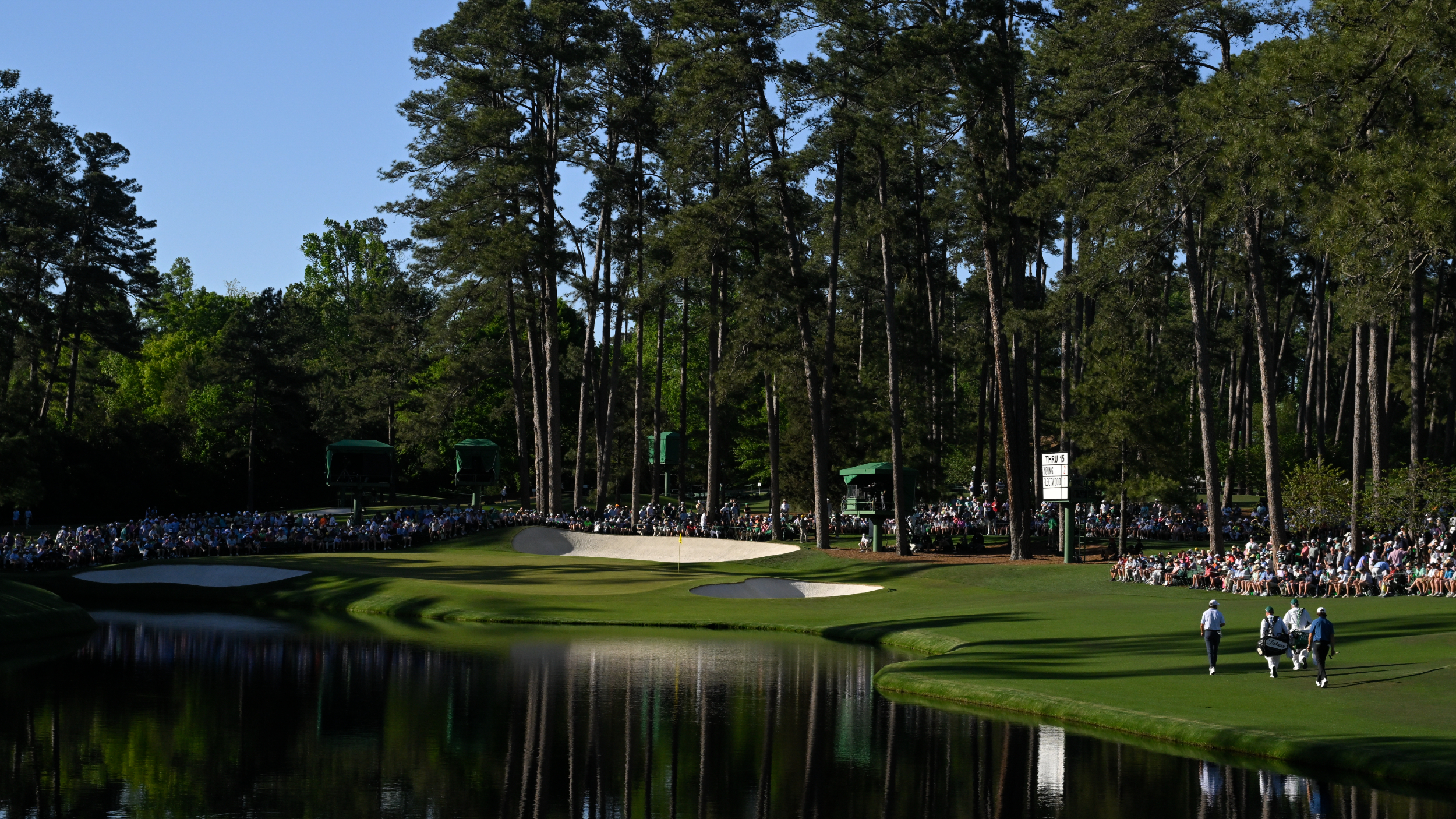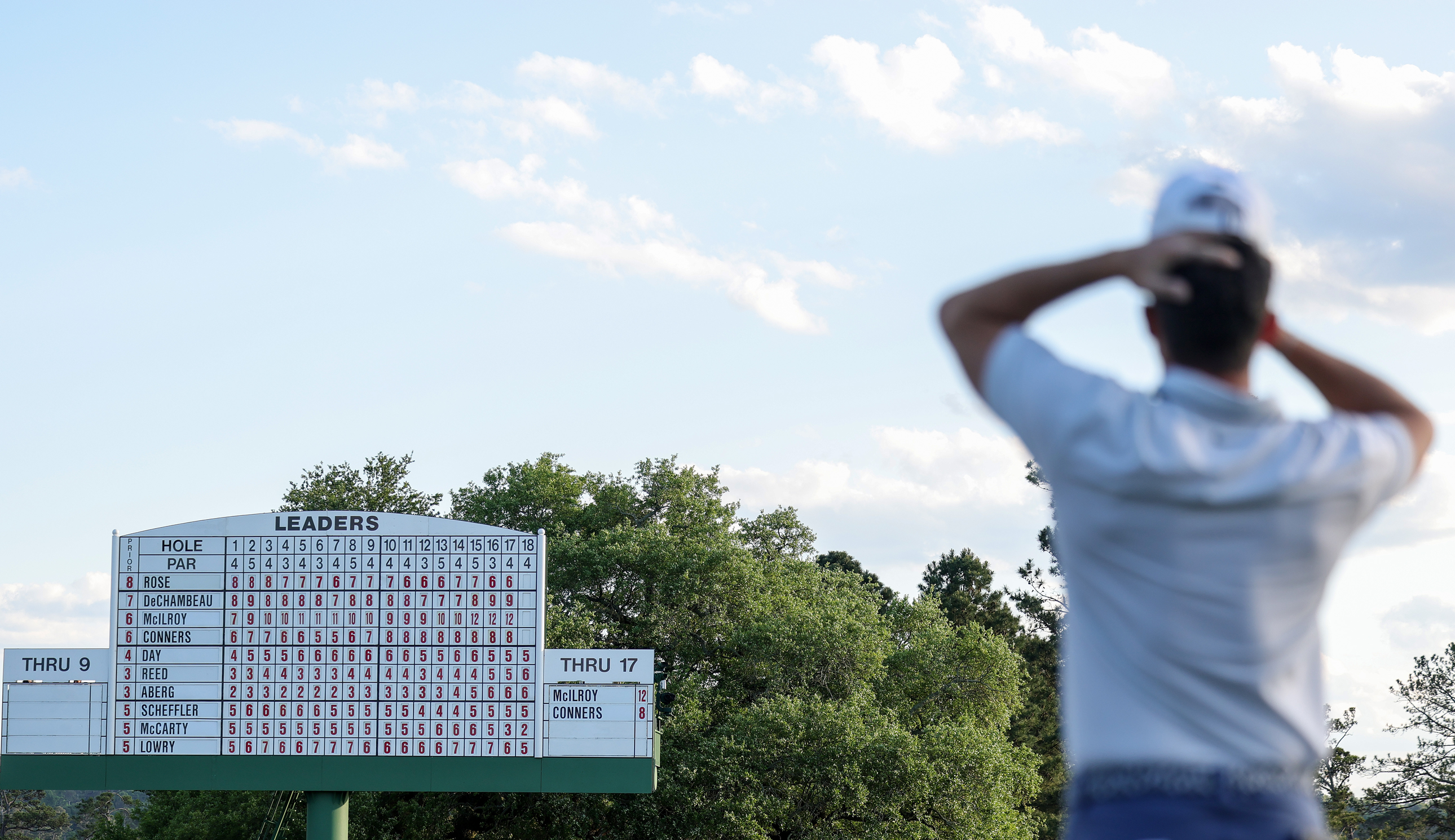Birkdale's Open history
Royal Birkdale has hosted eight great Opens
The sand dunes of the Sefton Coast in Lancashire rise and fall over an area of 5,000 acres, and in one section of the Sefton Dunes, the Birkdale Sandhills, Royal Birkdale's golf course is defined by dunes as majestic as at any Open venue. The championship did not arrive at Birkdale until 1954, three years after the club had received its Royal Command from King George VI, but once the Championship unfolded between these famous dunes for the first time, an epic bond between the golf course and the Open Championship had begun. The build up to Royal Birkdale's inaugural Open was, as it happened, tarnished with disappointment, as the Championship's reigning champion, the enigmatic American Ben Hogan, decided not to cross the Atlantic to defend his title. However, as one great champion made his exit from the Open Championship stage another one entered, Australia's Peter Thomson. The 24-year-old Thomson had a classic, rhythmic swing and he played with an unshakable calm that belied his youth. Thomson had finished runner-up in both of the previous two Opens and so arrived at Birkdale as one of the bookmakers? favourites, alongside the South African Bobby Locke. Patiently compiling scores of 72-71-69-71, Thomson prevailed by a single stroke over Syd Scott, Locke and Dai Rees, to become the first Open champion from Australia. This was just the beginning of Thomson's considerable impact on Open history. The success of Birkdale as an Open venue was confirmed when the Championship returned seven years later, in 1961. Despite gales blighting the spectacle and even leading to the abandonment of the third day's play so storm damage could be repaired, this is a chapter of Open history made famous by Arnold Palmer. Not even the worst of the north west's weather could come between Palmer - in his irresistible prime - and the Claret Jug, and his second round score of 73 may not look too impressive in the record books, but Palmer complied it in near gale force winds, and it was good enough to send him surging up the leaderboard into a share of second place behind Harold Henning and Rees. The final round became a two-way battle between Palmer and Rees, and despite a brave challenge from the popular Welshman that included a birdie on a hole that does not give up many, the long par-four 18th, Palmer prevailed for his first of two successive Open triumphs by a shot. For Rees it was, agonisingly, his third and final runner-up finish in the Open, and the closest he would ever come to becoming the only Welshman to win the Open. Such was Palmer?s influence in the game that this win signalled the beginning of a period of rejuvenation for the Open, which had lost some of its lustre since World War II. The rapid advance of the Open Championship to the forefront of international golf in the 1960s can be clearly seen by comparing the Birkdale Opens of 1961 and 1965. Not only was the weather more summery, but also TV camera towers had sprung up around the golf course and the field was one of the strongest ever assembled. The names at the top of the first-round leaderboard included the charismatic defending champion Tony Lema from the United States; Thomson, who was by now Open Champion four times over; Argentina?s Roberto de Vicenzo, who would win in 1967; Palmer, Kel Nagle and Ireland's Christy O?Connor. The tournament lead was swapped around continuously ? 11 times during the third round alone - before Thomson emerged for his fifth and final Open triumph. Needing to par the final two holes to win, Thomson stamped his supremacy by hitting the pin with his second shot to the par-five 17th. He holed out for birdie and won by two. Because of the great strength of the field in 1965, compared to the 1950s when the purse was too small to attract a strong American contingent to UK shores, this was widely considered the finest of Thomson's five Open victories, finally silencing those who doubted the Australian?s genuine world class. After the great triumvirate of James Braid, JH Taylor and six-time champion Harry Vardon, Thomson became only the fourth golfer to win the Open Championship five times, and the first of the post-war era. Royal Birkdale would also set the stage for the fifth and last golfer to win five Opens, 18 years later. The Open returned to Birkdale in 1971, and into Southport arrived noisy American Lee Trevino, in the form of his career immediately following successive wins in the Canadian and US Opens. Jacklin, the winner in 1969, and Taiwan's Lu Liang Huan, who won over the Birkdale crowds with his beaming smile below a trademark trilby, both performed valiantly but Trevino was irrepressible. After a double bogey on 17, Trevino regained his composure to birdie the last and beat "Mr Lu" by one. While the 1976 Open Championship belonged convincingly to the golfer playing best in the world at the time, American Johnny Miller, it was also memorable for heralding the arrival of Spain's Severiano Ballesteros, an unknown 19-year-old before he stepped onto the first tee at a baked out Birkdale. Ballesteros and Miller dominated the tournament from start to finish, with the fearless Spaniard holding the outright lead after rounds two and three. When it came to the decisive final nine holes though, the experience and form of Miller shone through while Ballesteros displayed the brilliant yet erratic golf for which he would become renowned. "I had no fear then," Ballesteros once recalled. "At Birkdale I found out how good I could be." Miller ran out the winner by six. In 1983 the Birkdale galleries were treated to one of the great Open Championships. An unknown golfer called Denis Durnian, a club professional from nearby Manchester, set a new majors record over nine holes, carding 28, six under par, over the front nine, although he came back in 38 and his challenge would falter in the third round. In difficult, windy conditions, it was defending champion and four-time Open winner Watson who emerged from the pack decisively. After a poor front nine in the fourth round, Watson found inspiration down the closing stretch. Following birdies at 11, 13 and 16, Watson saved par after visiting the dunes on 17, and then needed a final par-four at the last for the Claret Jug. Showing the poise of a great champion, Watson struck a perfect drive down the centre of the fairway and then, with the expectant crowd filling the fairway behind Watson and allowing the American only just enough space to swing a club, he summoned what he described as ?the best two-iron of my life?, as his ball flew 218 yards and stopped 20 feet from the pin. Two putts later and Watson had become the fifth golfer to win five Open Championships. The next Open at Royal Birkdale was played in 1991. Ballesteros and defending champion Nick Faldo started brightly before faltering in the second round, and it was Australia?s Ian Baker-Finch who came to the fore, shooting 64, six under par, to share the third-round lead with American Mark O?Meara. Baker-Finch then produced the finest burst of golf of his career at the start of the final round, posting five birdies in the first seven holes to make the Open his to lose. Baker-Finch shot 29 over the front nine and held his nerve coming home to become the first golfer with a double-barrelled surname to win a major. The last Open to be held at Birkdale came in 1998, when pre-qualifier Justin Rose, a 17-year-old English amateur, enjoyed an incredible debut on the world stage. Having shot a two-over-par 72 in the first round, which was the average score of the field, Rose somehow mustered a 66 in the second round, the low score of the day, when strong south-westerly winds and rain saw the average score of the day shoot up to 75. A third round of 75 seemed to have finished the teenager's unlikely challenge, but he came back again in the Sunday, shooting 69 and finishing in spectacular fashion by chipping in for birdie from 40 yards on the 18th. Rose finished in a tie for fourth, two shots away from a play-off. Ultimately, the week belonged to O'Meara, who doubled his career majors tally just three months after securing his first at the US Masters. O?Meara shot 68, two under par, on the Sunday, to force a play-off against compatriot Brian Watts, a golfer who had risen from obscurity to lead after the second and third rounds. A birdie at the first of four extra holes set-up victory for O'Meara. As Royal Birkdale beckons again this year, for its ninth Open Championship, there is something in particular lacking from its rich Open history: a British winner. Birkdale is the only golf course on the Open rota not to have produced one. So a memo to Justin Rose: with regret, come your July visit to the Lancashire seaside, the weight of expectation on you could hardly be heavier. Best of luck.
Get the Golf Monthly Newsletter
Subscribe to the Golf Monthly newsletter to stay up to date with all the latest tour news, equipment news, reviews, head-to-heads and buyer’s guides from our team of experienced experts.
Robin has worked for Golf Monthly for over a decade.
-
 Why The 16th Pin Has Been Moved From Its Traditional Spot For The Masters Final Round
Why The 16th Pin Has Been Moved From Its Traditional Spot For The Masters Final RoundThe 16th pin at Augusta National is in an different position that normal for the final round of The Masters, but why is that?
By Mike Hall Published
-
 Seve Ballesteros And Brooks Koepka Among The Big Names That Rory McIlroy Would Join As A Five-Time Major Winner With A Masters Victory
Seve Ballesteros And Brooks Koepka Among The Big Names That Rory McIlroy Would Join As A Five-Time Major Winner With A Masters VictoryRory McIlroy leads The Masters going in to the final round and, if he were to win, he would join an illustrious list of five-time Major winners
By Matt Cradock Published